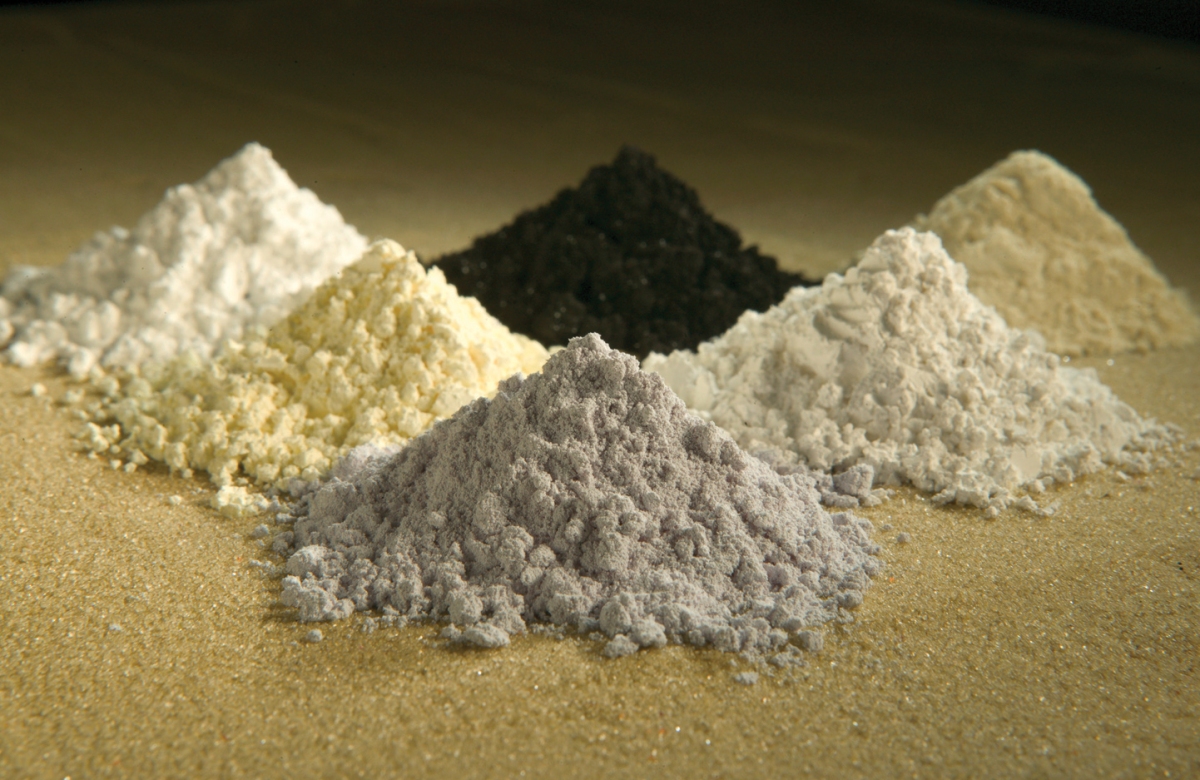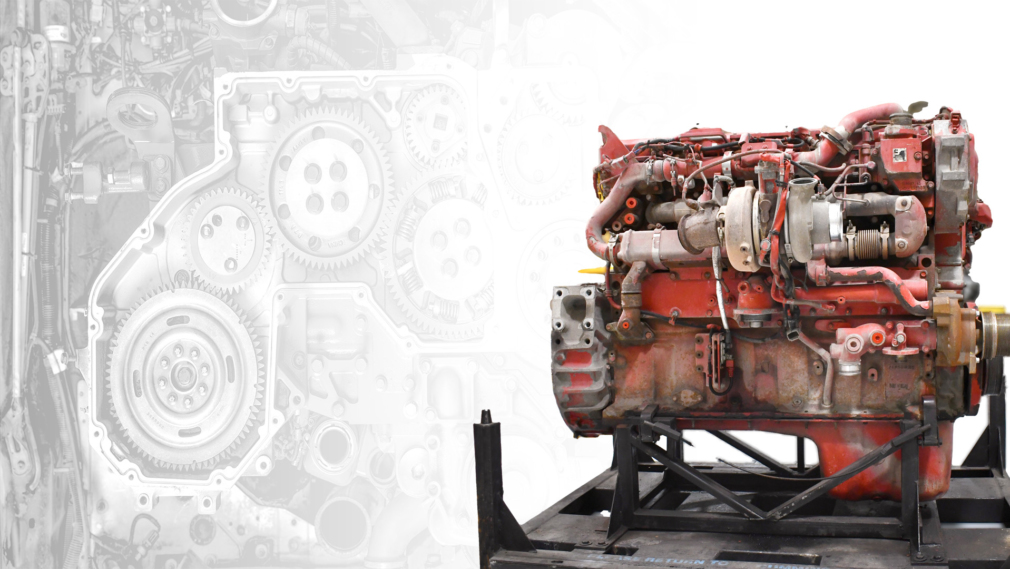Rare Earth Metals Are The Reason You Can Read This

Introduction
In a world where technological advancements occur at an astonishing pace, our reliance on electronic devices is ever-increasing. However, with this rapid growth comes a hidden cost: electronic waste, laden with precious yet scarce resources known as rare earth metals. As we grapple with the urgent need for sustainable solutions, the concept of reusing electronics offers a beacon of hope. This article explores the fascinating journey of rescuing rare earth metals through electronics reuse, delving into its environmental impact and the potential to revolutionize resource conservation in the electronics industry.
The Hidden Treasure in Our Gadgets
Rare earth metals, such as neodymium, yttrium, and dysprosium, are critical components of modern electronics. From smartphones to renewable energy technologies, these metals play an irreplaceable role in powering and enabling our daily lives. However, mining rare earth metals is an arduous and ecologically devastating process, leading to habitat destruction and toxic waste. By reusing electronics, we not only reduce electronic waste but also create a precious opportunity to preserve these finite resources, reducing our reliance on environmentally destructive mining practices.
Unlocking the Potential of Circular Electronics
The concept of circular electronics revolutionizes the traditional “take, make, dispose” model by promoting a closed-loop system where devices are refurbished, upgraded, or recycled into new products. This paradigm shift holds immense potential for recovering rare earth metals from old electronics. By implementing responsible recycling practices and designing electronics with disassembly and reuse in mind, manufacturers can tap into the hidden treasure trove of rare earth metals residing in obsolete gadgets. Such initiatives not only extend the lifespan of electronics but also present a tangible solution to our resource scarcity conundrum.
Challenges and Opportunities
While reusing electronics offers a compelling solution, it is not without its challenges. Rapid technological advancements often render devices obsolete within a few years, leading to a constant influx of electronic waste. Overcoming this challenge requires a collective effort from manufacturers, consumers, and policymakers to prioritize eco-design, repairability, and recycling. Incentivizing the return of old devices for refurbishment and recycling can also drive the adoption of circular electronics.
Moreover, developing efficient and eco-friendly extraction methods for rare earth metals from electronic waste is crucial. As the demand for these metals increases, innovative recycling technologies must be embraced to optimize the resource recovery process. Collaboration between academia, industry, and governments will be essential in overcoming these hurdles and capitalizing on the opportunities presented by electronics reuse.
Wrap up
The environmental impact of our electronic consumption is undeniable, but the rescue of rare earth metals through electronic reuse holds immense promise for resource conservation. By embracing circular electronics and fostering a culture of repair, refurbishment, and responsible recycling, we can build a more sustainable future. As consumers, it is our power to demand eco-friendly products, while as manufacturers and policymakers, we must prioritize circularity in the electronics industry. By unlocking the potential of electronics reuse, we can safeguard our planet’s resources and pave the way for a more sustainable and resource-efficient electronics industry.


